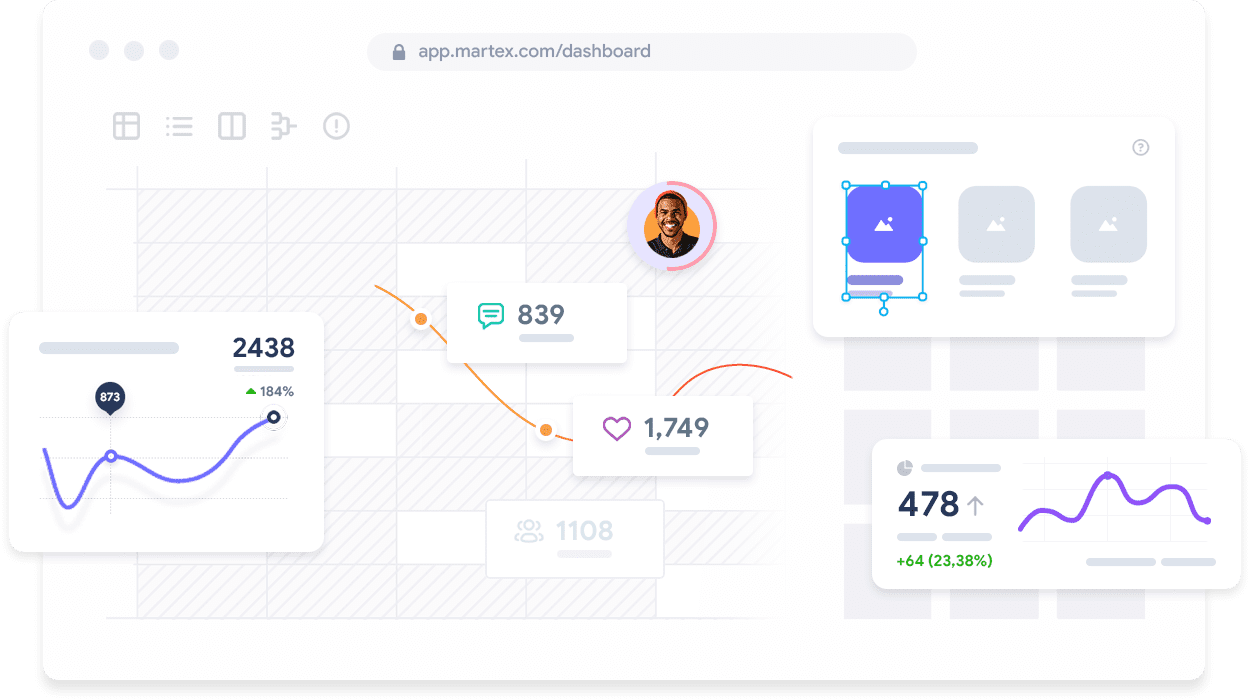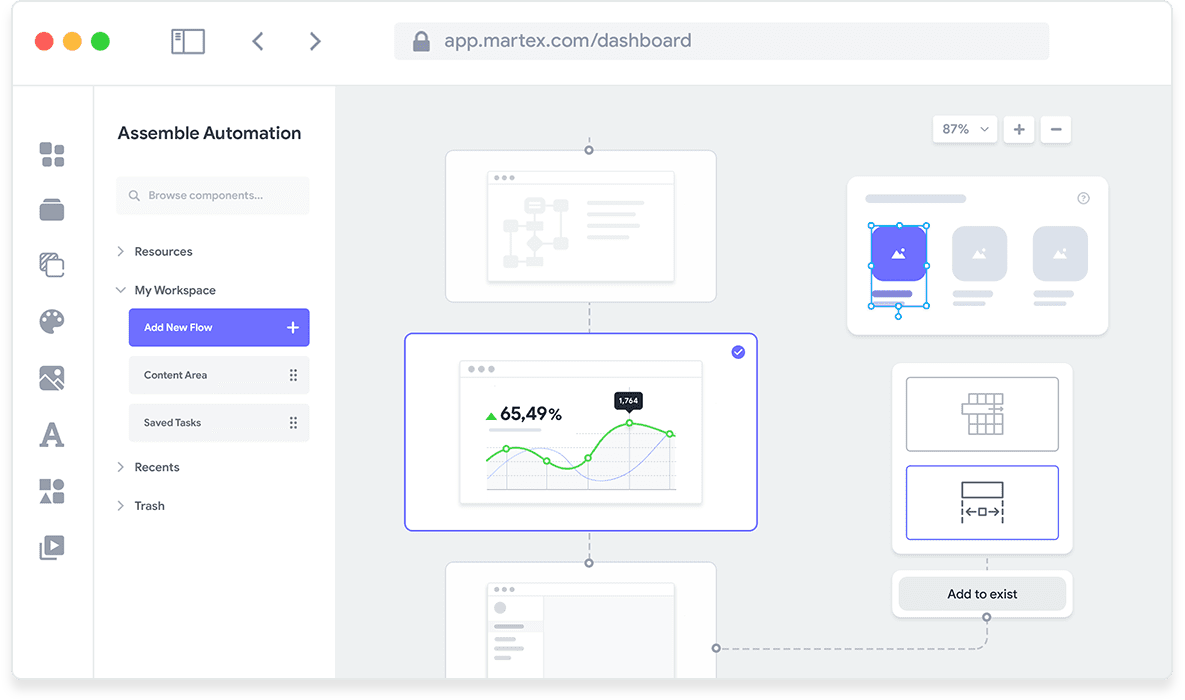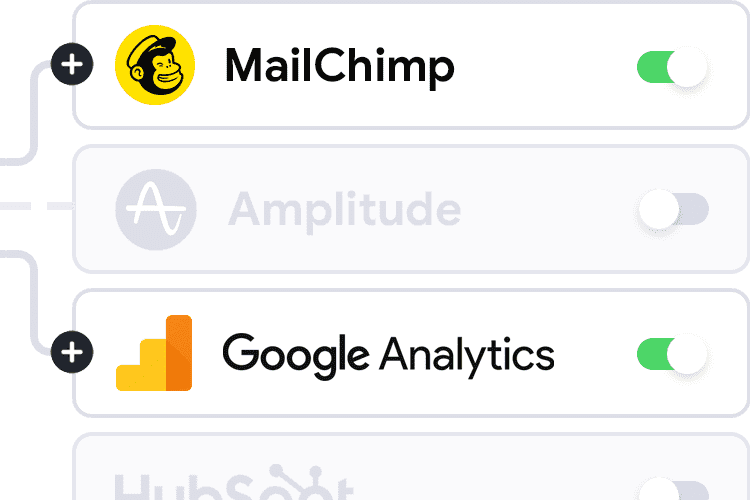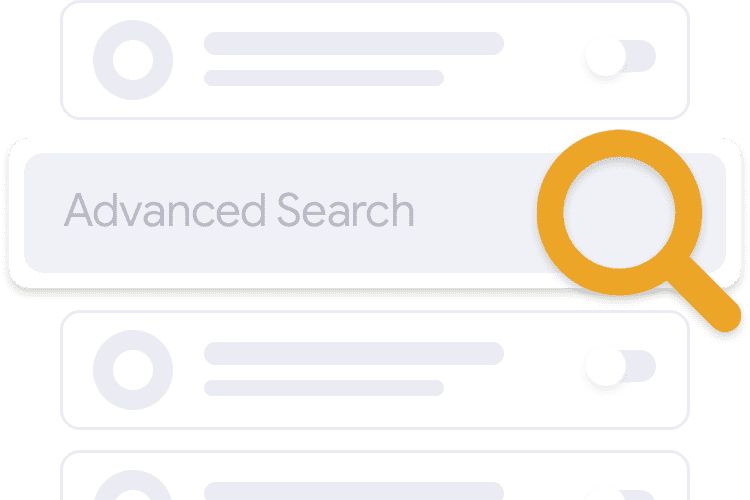Intelligent Policy Engine
Advanced policy management system that creates custom moderation workflows with visual builders, machine learning adaptation, and automated enforcement actions tailored to your platform's unique requirements.
Revolutionizing Content Moderation Policies
The Intelligent Policy Engine represents a paradigm shift in content moderation, moving beyond static rule sets to dynamic, learning-based policy systems. This advanced technology enables organizations to create sophisticated moderation workflows that adapt to evolving content patterns, user behaviors, and regulatory requirements while maintaining consistent enforcement across all content types and user interactions.
Unlike traditional moderation systems that rely on rigid, pre-programmed rules, our intelligent engine uses machine learning algorithms to understand context, intent, and nuance in content evaluation. This results in more accurate content decisions, reduced false positives, and the ability to detect emerging threats that haven't been explicitly programmed into the system.
Visual Policy Builder & Workflow Design

Our intuitive visual policy builder empowers content moderation teams to create complex workflows without requiring technical expertise. The drag-and-drop interface allows users to construct sophisticated decision trees that incorporate multiple content analysis factors, user history, community context, and external data sources.
Workflow Components
Conditional Logic Blocks: Create if-then-else statements based on content analysis results, user reputation, and contextual factors
Multi-Modal Triggers: Set conditions based on text sentiment, image content, audio analysis, and video frame detection
User Behavior Analysis: Incorporate user history, engagement patterns, and community standing into moderation decisions
Temporal Considerations: Apply different rules based on time of day, day of week, seasonal patterns, or trending topics
Action Customization: Define specific responses including content removal, user warnings, shadow banning, or escalation to human moderators
Severity Scaling: Implement graduated responses that escalate based on violation frequency or severity
Community Guidelines Integration: Align automated actions with written community standards and terms of service
Regulatory Compliance: Ensure workflows meet regional legal requirements and industry standards
Adaptive Machine Learning & Continuous Improvement

The Intelligent Policy Engine continuously learns from moderation decisions, user feedback, and outcome data to refine its decision-making processes. This adaptive approach ensures that policies remain effective as content trends evolve and new types of harmful behavior emerge on your platform.
Learning Mechanisms
Feedback Loop Integration: The system analyzes the outcomes of moderation decisions, including user appeals, community reactions, and long-term behavioral changes. When users successfully appeal moderation decisions or when community feedback indicates policy misalignment, the engine adjusts its decision-making parameters to improve future accuracy.
Pattern Recognition: Advanced neural networks identify emerging patterns in harmful content that may not fit existing policy categories. This includes new forms of harassment, coded language, coordinated inauthentic behavior, and evolving manipulation techniques that bad actors develop to circumvent detection.
A/B Testing Framework: The engine can automatically test different policy approaches on similar content to determine which produces better outcomes in terms of user satisfaction, safety metrics, and community health indicators. This data-driven approach to policy optimization ensures continuous improvement without disrupting platform operations.
Contextual Understanding

The system develops sophisticated understanding of context, including cultural nuances, platform-specific communication norms, and the intent behind content creation. This contextual awareness enables more nuanced moderation decisions that consider not just what is said, but how it's said, who's saying it, and in what circumstances.
Community-specific learning allows the engine to understand that acceptable content varies between different user groups, geographic regions, and content categories. This enables platforms to maintain consistent global standards while respecting local cultural differences and community expectations.
Intelligent Automated Actions & Enforcement

Graduated Response System
The Intelligent Policy Engine implements sophisticated graduated response systems that apply proportional consequences based on violation severity, user history, and potential for rehabilitation. This approach maximizes the educational value of enforcement actions while maintaining platform safety.
First-time minor violations may trigger educational notifications that explain community guidelines and provide resources for positive participation. Repeat violations or more serious infractions result in progressively stronger responses, including content removal, posting restrictions, or account suspensions.
Intelligent Escalation
The system automatically identifies cases that require human review based on content complexity, user significance, potential legal implications, or ambiguous policy interpretations. This ensures that automated efficiency doesn't come at the expense of nuanced human judgment where it's most needed.
Priority queuing systems ensure that high-risk content, reports involving vulnerable users, or time-sensitive violations receive immediate human attention while lower-priority cases can be handled through automated processes or reviewed during regular business hours.
Transparent Communication
Automated actions include clear, personalized explanations that help users understand why specific enforcement actions were taken and how they can avoid similar issues in the future. This transparency builds trust and reduces user frustration with moderation decisions.
Enterprise Customization & Industry-Specific Solutions

Industry-Specific Policy Templates
Pre-configured policy templates for different industries ensure rapid deployment while maintaining compliance with sector-specific regulations and best practices. Templates are available for social media, e-commerce, education, healthcare, financial services, gaming, and other specialized verticals.
Each template incorporates industry knowledge about common content risks, regulatory requirements, and user expectations. Organizations can use these templates as starting points and customize them to reflect their unique brand values, community standards, and business objectives.
Multi-Tenant Architecture
Enterprise organizations can create separate policy environments for different products, geographic regions, or user segments while maintaining centralized oversight and consistent reporting. This flexibility is essential for large organizations with diverse content moderation needs.
Hierarchical policy inheritance allows global policies to be automatically applied across all properties while enabling local customizations that don't conflict with overarching organizational standards. This approach balances consistency with flexibility.
Integration Capabilities
The Policy Engine integrates seamlessly with existing business systems including customer relationship management platforms, legal case management systems, and business intelligence tools. This integration enables comprehensive reporting and ensures that content moderation activities align with broader organizational objectives.
API-first architecture allows custom integrations with proprietary systems and supports complex workflows that span multiple platforms or organizational units. This flexibility is crucial for enterprise deployments with existing technology investments.
Real-World Applications & Success Stories
Social Media Platform Implementation
A major social media platform reduced false positive rates by 78% while improving harmful content detection accuracy by 45% after implementing the Intelligent Policy Engine. The platform's ability to understand context and user intent resulted in more satisfied users and a healthier online community.
The adaptive learning capabilities enabled the platform to quickly respond to emerging threats during major news events and election periods, automatically adjusting policies to address increased misinformation and coordinated inauthentic behavior without requiring manual intervention.
E-commerce Marketplace Success
An international e-commerce marketplace used the Policy Engine to create region-specific moderation workflows that respect local cultural differences while maintaining global quality standards. This approach reduced seller disputes by 60% and improved customer satisfaction with marketplace safety.
Automated detection of counterfeit products improved by 85% through machine learning models that understand visual similarity, brand relationships, and seller behavior patterns. The system now proactively identifies potential intellectual property violations before they impact legitimate brand owners.
Educational Technology Platform
A leading educational technology platform implemented age-appropriate content policies that automatically adjust based on user age, educational context, and parental preferences. This nuanced approach maintains educational value while ensuring student safety across all learning environments.
The system's ability to understand educational intent allows artistic, historical, or scientific content that might otherwise be flagged in social media contexts while maintaining strict standards for inappropriate content that could harm young users.
Business Benefits & Return on Investment
Operational Efficiency
Organizations typically see 60-80% reduction in manual moderation workload within the first six months of implementation. This efficiency gain allows human moderators to focus on complex cases that require nuanced judgment while automated systems handle routine policy violations.
Reduced response times for policy violations improve user experience and platform safety. Automated enforcement actions occur within seconds of content publication, preventing harmful content from gaining traction or reaching vulnerable users.
Consistency & Fairness
Automated policy enforcement eliminates human bias and ensures consistent application of community standards across all users and content types. This consistency builds user trust and reduces complaints about unfair or discriminatory moderation practices.
Detailed audit trails and decision explanations support transparency initiatives and provide documentation for legal compliance requirements. Organizations can demonstrate fair and consistent enforcement practices to regulators, users, and stakeholders.
Scalability & Growth Support
The Intelligent Policy Engine scales seamlessly with platform growth, maintaining consistent moderation quality regardless of content volume increases. This scalability is essential for growing platforms that need to maintain safety standards while expanding their user base.
Predictive analytics help organizations anticipate moderation needs and resource requirements based on growth projections, seasonal patterns, and emerging content trends. This foresight enables proactive scaling and budget planning.
